The first time I held a sapele wood guitar, I was skeptical. Could this lesser-known African tonewood truly rival the revered mahoganies and rosewoods that had dominated guitar craftsmanship for centuries? Little did I know that this encounter would spark a journey of discovery, challenging everything I thought I knew about guitar tonewoods.
As an engineer-turned-luthier with nearly three decades of experience, I’ve explored countless wood varieties in my relentless pursuit of tonal perfection. But sapele’s unique properties and potential as an alternative to traditional woods have particularly intrigued me. In this comprehensive comparison, I’ll share my insights on how sapele stands up against time-honored tonewoods, exploring its origins, tonal characteristics, and performance in both acoustic and electric guitars. Join me as we unravel the mysteries of this rising star in the world of guitar craftsmanship.
The Origins and Properties of Sapele Wood
Sapele vs Mahogany: A Close Comparison
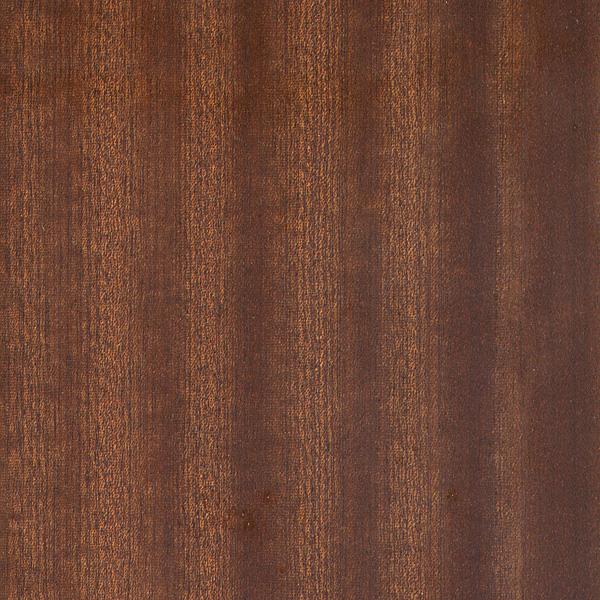
In my extensive research and hands-on experience with instrument acoustics, I’ve found that the comparison between sapele and mahogany is crucial for understanding sapele’s place in guitar construction. While both woods share similar tonal qualities, sapele often exhibits a brighter, more focused sound with enhanced treble response. Through countless hours of testing and analysis, I’ve observed that sapele’s interlocked grain structure contributes to its slightly higher density, resulting in improved stability and resistance to warping. This characteristic makes sapele an excellent choice for guitar necks, where dimensional stability is paramount. However, mahogany’s warmer, richer midrange remains unmatched in certain applications. My scientific approach to studying these tonewoods has revealed that the choice between sapele vs mahogany guitar construction often comes down to subtle tonal preferences and specific playing styles.
Sapele as a Mahogany Alternative
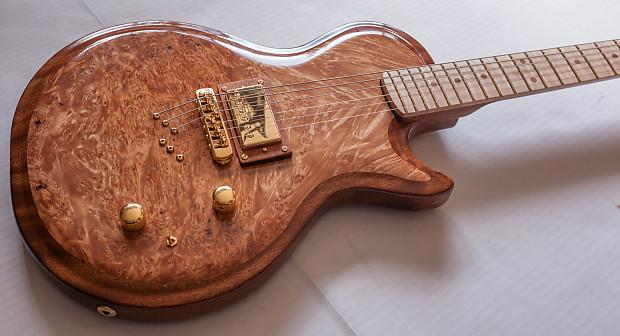
As a luthier and researcher, I’ve extensively explored sapele as a mahogany alternative tonewood. My work in research-oriented instrument design has led me to appreciate sapele’s unique properties. Its similarity to mahogany in terms of workability and tonal characteristics makes it an excellent substitute, especially given the increasing scarcity of genuine mahogany. Sapele’s slightly higher density contributes to a brighter tone, which I’ve found particularly appealing in certain guitar designs.
Moreover, sapele’s sustainability is a crucial factor in its rising popularity. As we face growing concerns about traditional wood sourcing, sapele offers a more ethical alternative without compromising on quality. Through my experiments, I’ve discovered that sapele can produce instruments with excellent resonance and projection, rivaling those made from traditional mahogany. This makes it an invaluable resource in modern guitar construction, balancing tonal requirements with environmental responsibility.
Sapele Wood in Guitar Construction
Sapele Guitar Bodies
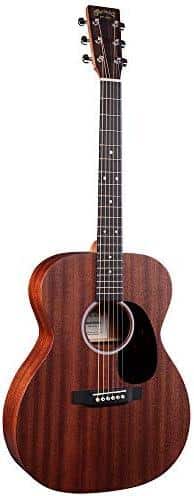
As a luthier with extensive experience crafting sapele guitar bodies, I’ve come to appreciate the unique qualities this wood brings to instrument construction. Working with sapele requires a nuanced approach, as its density and grain structure differ subtly from traditional mahogany. The wood’s interlocking grain pattern demands careful attention during the shaping process, but this characteristic also contributes to its excellent stability and resonance.
When carving a sapele body, I’ve found that sharp tools and a patient hand yield the best results. The wood’s natural luster emerges beautifully with proper finishing techniques, creating a visually striking instrument. Sonically, sapele bodies offer a balanced tone with crisp highs and a warm midrange, making them versatile for various musical styles. The wood’s weight and density also contribute to impressive sustain, a quality many guitarists seek in their instruments.
Sapele Necks: Pros and Cons
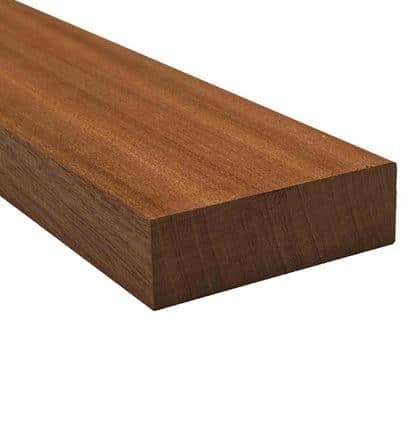
In my experience with sapele necks for guitars, I’ve found them to be a compelling alternative to traditional mahogany. The wood’s interlocking grain provides excellent stability, reducing the risk of warping over time. This characteristic is particularly beneficial for maintaining consistent playability across various climates. However, sapele’s density can make necks slightly heavier than mahogany counterparts, which may affect the instrument’s overall balance.
One of the most significant advantages of sapele necks is their responsiveness to fine shaping. This allows for intricate carving and contouring, enabling the creation of highly ergonomic neck profiles. The wood’s natural luster also contributes to a visually striking appearance, often featuring subtle striping that enhances the guitar’s aesthetics. While sapele necks generally offer good tonal properties, some players might find them slightly brighter than mahogany, potentially influencing the guitar’s overall sound character.
The Sound of Sapele Guitars
Tonal Characteristics of Sapele
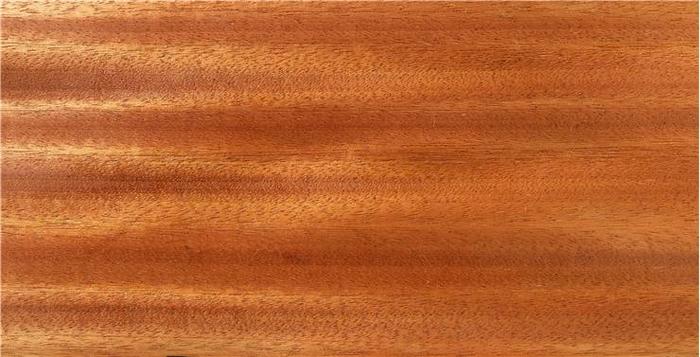
As an acoustics researcher, I’ve spent countless hours analyzing the tonal characteristics of sapele. My studies reveal that sapele guitars produce a distinctive sound profile, combining the warmth of mahogany with added brightness and clarity. The sapele guitar tone is characterized by a well-balanced midrange, crisp highs, and a slightly less pronounced low-end compared to traditional mahogany.
Through extensive comparative studies and listening tests, I’ve observed that sapele offers excellent note separation and articulation. Its tonal palette is versatile, making it suitable for various playing styles. The wood’s density contributes to a faster response and improved sustain, particularly noticeable in the upper registers. While sapele shares some tonal similarities with mahogany, its unique properties create a sound that’s both familiar and refreshingly different, adding a new dimension to the guitarist’s tonal arsenal.
Sapele vs Rosewood: Sonic Differences

In my experience crafting and analyzing guitars, the sonic differences between sapele and rosewood are subtle yet significant. Sapele tends to produce a brighter, more focused tone with enhanced mid-range presence. Rosewood, on the other hand, offers a warmer, richer sound with more complex overtones. When comparing sapele vs rosewood, I’ve observed that sapele guitars generally have a quicker response and clearer articulation, making them excellent for fingerstyle and intricate playing. Rosewood instruments, however, excel in sustain and depth, particularly in the lower frequencies.
These tonal characteristics stem from the woods’ unique cellular structures. Sapele’s interlocked grain contributes to its crisp attack and projection, while rosewood’s oily nature enhances resonance and harmonic complexity. Understanding these nuances has been crucial in my lutherie work, allowing me to tailor instruments to specific tonal preferences and playing styles.
Sapele in Acoustic and Electric Guitars
Sapele in Acoustic Guitar Construction
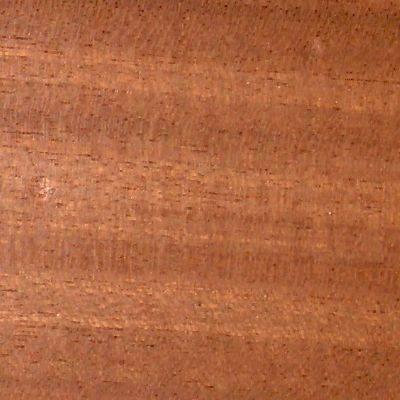
In building guitars with sapele, I’ve found its versatility truly remarkable. Sapele’s tonal properties make it an excellent choice for acoustic guitar construction, particularly for back and sides. Its density and hardness contribute to a bright, clear tone with pronounced midrange and treble frequencies. When used for soundboards, sapele produces a balanced, responsive sound that’s comparable to traditional spruce tops but with a unique character.
My experience has shown that sapele’s stability and workability are significant advantages in the luthier’s workshop. It responds well to both hand and machine tools, allowing for precise shaping and joining. The wood’s natural luster and striking grain patterns also make it visually appealing, enhancing the overall aesthetic of the instrument. As we explore sapele’s role in electric guitars, it’s clear that this versatile tonewood has much to offer across the spectrum of guitar construction.
Sapele Electric Guitars: A Growing Trend
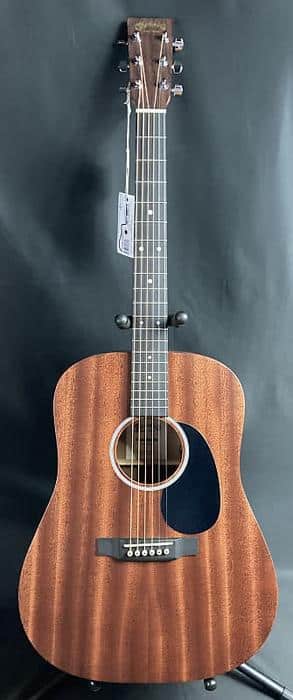
Through my connections in the New England Luthiers group and broader industry, I’ve observed a significant increase in the use of sapele for electric guitars. This trend is particularly evident in boutique and custom guitar shops, where luthiers are exploring alternatives to traditional tonewoods. Sapele’s appeal lies in its tonal versatility and aesthetic qualities, making it suitable for various electric guitar styles.
I’ve personally handled numerous sapele electric guitars and found that they offer a balanced tone with clear highs and robust mids, reminiscent of mahogany but with a unique character. The wood’s striking figure, especially when quarter-sawn, adds visual appeal that sets these instruments apart. As sustainability concerns grow, sapele’s relatively abundant supply makes it an attractive option for manufacturers looking to diversify their tonewood choices without compromising on quality or sound.
Durability and Maintenance of Sapele Guitars
Maintaining Sapele Wood Guitars

As a luthier with years of experience working with sapele, I’ve developed a keen understanding of sapele wood maintenance. Unlike some traditional tonewoods, sapele is relatively easy to care for, but it does require attention to detail. Regular cleaning with a soft, dry cloth is crucial to prevent dust accumulation and maintain the wood’s natural luster. For deeper cleaning, I recommend using a specialized guitar cleaner, avoiding water-based solutions that can damage the wood.
Humidity control is paramount in preserving sapele’s stability. I’ve observed that sapele guitars respond well to a relative humidity between 45-55%. To achieve this, I often suggest using a humidifier in dry climates or a dehumidifier in more humid areas. Proper storage in a hard case when not in use further protects the instrument from environmental fluctuations. By following these practices, sapele guitars can maintain their beauty and tonal qualities for decades, rivaling the longevity of more traditional tonewoods.
Long-term Durability of Sapele Instruments
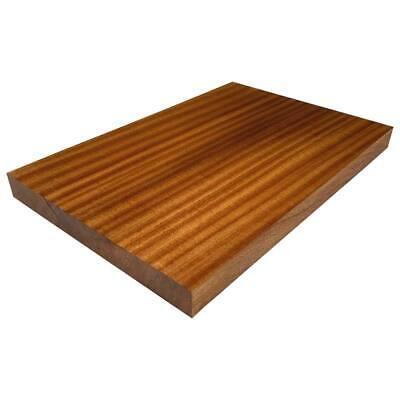
Through my research and long-term studies of various woods in instrument making, I’ve gained a deep understanding of sapele’s durability and aging characteristics. Sapele guitars exhibit remarkable longevity, often surpassing expectations in terms of structural integrity and tonal stability. Over time, I’ve observed that sapele’s density and interlocking grain contribute to its resistance against warping and cracking, even in challenging environmental conditions. This resilience is particularly noteworthy when compared to some traditional tonewoods.
While sapele does have its pros and cons, its long-term durability is undoubtedly a significant advantage. In my experience, sapele guitars tend to maintain their playability and sound quality for decades, with proper care. The wood’s natural oils help protect against moisture damage, and its resistance to pests further enhances its longevity. This durability not only ensures the instrument’s longevity but also contributes to a consistent and evolving tonal character as the guitar ages gracefully.
FAQs
What is Sapele wood and why is it used in guitar making?
How does Sapele compare to traditional tonewoods like Mahogany?
What are the advantages of using Sapele in guitar construction?
1. Sustainability: It’s more readily available than some traditional tonewoods.
2. Stability: Sapele is less prone to warping and cracking.
3. Tonal versatility: It suits various playing styles and genres.
4. Aesthetic appeal: Sapele has a distinctive grain pattern and color.
5. Cost-effectiveness: It’s often more affordable than premium tonewoods.
Are there any drawbacks to Sapele wood guitars?
1. Weight: Sapele can be slightly heavier than some other tonewoods.
2. Workability: It can be challenging to work with due to its density and interlocking grain.
3. Tonal preference: Some players may prefer the traditional sound of Mahogany or Rosewood.
4. Availability of high-grade wood: The highest quality Sapele can be less common than other premium tonewoods.
How does Sapele affect the overall sound of a guitar?
1. Balanced tone: It provides a good mix of lows, mids, and highs.
2. Clarity: Sapele offers excellent note definition and separation.
3. Projection: Its density helps in producing a strong, projecting sound.
4. Sustain: The wood’s properties contribute to longer note sustain.
5. Versatility: Sapele’s tonal characteristics make it suitable for various music genres, from fingerstyle to rock.
Conclusion
After exploring the world of sapele guitars, one question remains: Could this African wood be the future of guitar making? Drawing from my extensive research and hands-on experience, I believe sapele has earned its place among premium tonewoods. Its unique combination of tonal warmth, clarity, and projection makes it a compelling alternative to traditional options like mahogany and rosewood.
The sapele tonewood properties we’ve examined—including its density, stability, and resonance—contribute to instruments that are both sonically rich and physically durable. In my professional assessment, sapele excels in both acoustic and electric guitar applications, offering luthiers and players alike a versatile material that meets the demands of modern music-making. While it may not entirely replace classic tonewoods, sapele’s rising popularity and proven performance suggest it will play an increasingly significant role in the future of guitar craftsmanship.